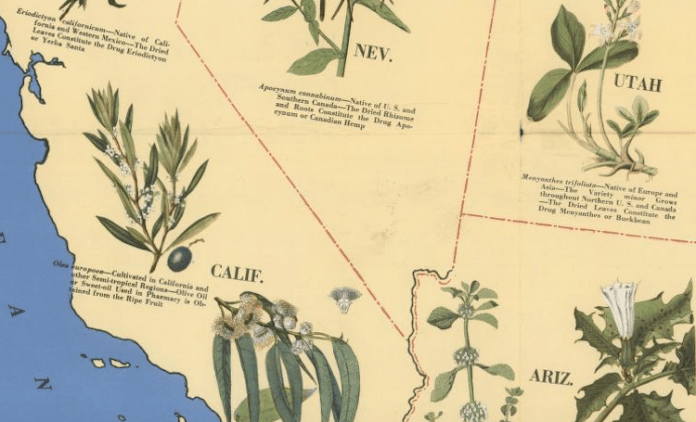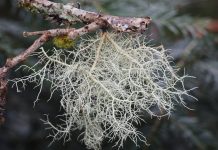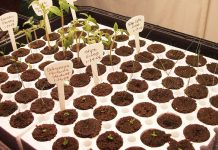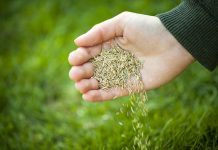According to the State of the Worlds Plants Report 2017, there are at least 28,187 plants that are recognized as medicinal. However, we use only a small percentage of these plants. Additionally, there are probably many more medicinal plants that are currently unknown. We’ve lost much of the ancient knowledge of medicinal plants. One of my goals in life is to document some of these herbs and get the word out on how to use them.
Medicinal plants are growing in every state in the United States, and it is impossible for me to list them all here. One problem I often encounter is that plants often have different names in different areas of the country. Here I list some of the most popular wild medicinal herbs and some less known varieties to stretch your knowledge. I’ve grouped them by the states where they grow. Check out the plants that grow in your state.
Plants Growing in the Northern US States
The northernmost states of the US are home to a great many medicinal plants. These states, include Connecticut, Massachusetts, Rhode Island, New Hampshire, Maine, Vermont, New York, Michigan, Wisconsin, Iowa, Minnesota, South Dakota, North Dakota, Montana, Idaho, Oregon, and Washington.
Many of the plants listed here grow further south into the central US as well.
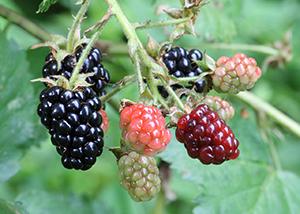

Blackberries are medicinal and delicious. The leaves, stems, and roots are an effective treatment for dysentery, diarrhea, and as a poultice for treating cuts and inflammation. They are anti-inflammatory and astringent.
Blackberries are native to the north temperate regions of the US, and they are abundant in the eastern state and on the Pacific coast.
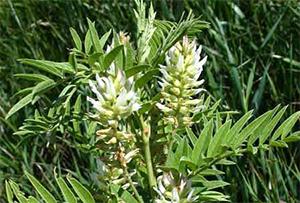

Native to most of the northern and central United States, Wild Licorice(Glycyrrhiza lepidota), grows from central Canada south to California, Texas, and Virginia.
The plant treats a wide range of diseases from coughs, diarrhea, chest pain, fevers, to digestive issues.
It speeds the delivery of the placenta in childbirth and as a poultice on swollen tissues and sores. Chewed, it relieves toothache and sore throats.
Related: 10 Must Have Natural Remedies for Preppers
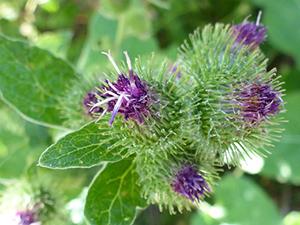

Burdock, Arctium minus, or cocklebur is an annoying weed that is valuable medicinally. It is highly effective in treating poison ivy, poison oak, and other skin irritations.
It is my go-to plant for skin issues. It detoxifies the body, supports the liver, reduces inflammation, and stimulates digestion. It is common to the northeastern and northwestern United States.
These medicinal plants are common across the Northeastern United States:
- American Basswood
- American Holly
- Ashleaf Maple
- Barberry
- Basswood
- Bindweed
- Bittersweet
- Black Birch
- Black-eyed Susan
- Black Raspberry
- Black Walnut
- Broadleaf Plantain
- Burdock
- Cabbage
- Cattail
- Chicory
- Colt’s foot
- Dogwood
- Eastern Redcedar
- English Yew
- Ginkgo biloba
- Goldenrod
- Hawthorn
- Indian Pipe
- Juniper
- Maple
- Oak, Red, and White
- Poke
- Pokeweed
- Rattlesnake Root
- Spotted Tough-me-not, Impatiens capensis
- John’s Wort
- Staghorn Sumac
- Stinging Nettle
- Stink Tree
- Sweet Birch
- Sycamore
- Tree of Heaven
Medicinal Plants of the Central US
Consisting of the states in the center of the country, the Central US states are home to most of the plants growing in the north, plus many more. These states are sometimes further divided into the Eastern United States and the Western US. The plants growing in the east are often different from those in the west, so I have divided these two regions out separately. The central US states include North Dakota, South Dakota, Nebraska, Kansas, Oklahoma, Texas, Minnesota, Iowa, Missouri, Arkansas, Louisiana, Wisconsin, and Illinois. The eastern states of Indiana, Ohio, Kentucky, Tennessee, West Virginia, Mississippi, and Alabama are also considered to be central states. In these states watch for:
- Acorus calamus
- Aloe vera
- Artemisia campestris
- Artemisia cana
- Artemisia tridentate
- Ambrosia artemisifolia
- Ambrosia trifida
- Asclepias incarnata
- Asclepias speciosa
- Asclepias stenophylla
- Asclepias viridiflora
- Asclepias verticillata
- Antennaria parvifolia
- Blackberries
- Black-eyed-Susan
- Cabbage
- Calendula
- Dandelion
- Echinacea angustifolia
- Fraxinus americana
- Fritillaria atropurpurea
- Garlic
- Gutierrezia sarothrae
- Hymenopappus tenuifolius
- Impatiens pallida
- Liatris punctata
- Lygodesmia juncea
- Roses
- Sagittaria latifolia
- White Willow
- Wild Licorice
- Yucca glauca (Soapweed)
Related: 14 Powerful Natural Remedies For A Sinus Infection
Medicinal Plants of the Eastern US
The eastern US includes the east coast states and the Appalachian states. These states include Southern New York, Pennsylvania, North Carolina, South Carolina, West Virginia, Tennessee, Alabama, Kentucky, Ohio, Maryland, Mississippi, Arkansas, Oklahoma, and sometimes Texas. You’ll find many of the plants from the Central US as well as many others:
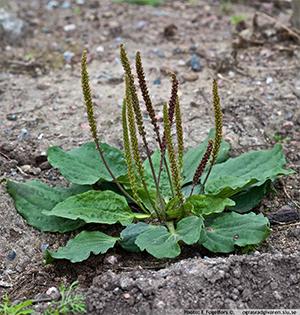

Broadleaf Plantain, also called common plantain, Plantago major, is excellent for use as a poultice for treating skin problems, stopping bleeding, and healing wounds.
It is used to treat gastritis, ulcers, IBS, diarrhea, bronchitis, asthma, hay fever, and many other conditions. Plantain grows in the eastern and central US states.
This plant is often found growing in the cracks of sidewalks and on any patch of abandoned soil.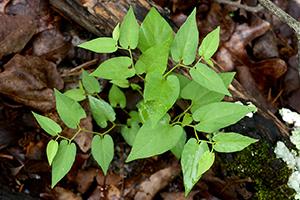

Virginia Snakeroot, Aristolochia serpentaria, is native to Appalachia and the eastern US from Connecticut to southern Michigan and south to Texas and Florida. The plant is famous for its use for snakebite, but it is also effective against stomach ailments, fever, high blood pressure, and other medical problems.
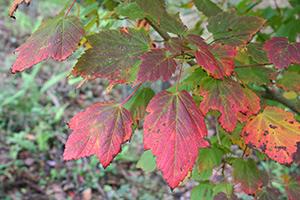

Mountain Maple, Acer spicatum Lam., is native to the Appalachian states from southern New York to northern Georgia and Alabama, including the states of Pennsylvania, North Carolina, South Carolina, Alabama, West Virginia, Tennessee, Alabama, Kentucky, and Virginia at higher elevations. It is used to treat wounds, skin infections, and as a poultice or infusion to treat eye infections. An infusion is also used to treat internal bleeding.
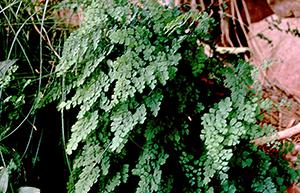

Southern maidenhair fern, Adiantum capillus-veneris. This edible and medicinal herb is used to treat coughs, sore throats, and bronchitis.
Applied externally, it treats snake bites, insect bites, headaches, and chest pains. Southern maidenhair firm is found in the southeastern US.
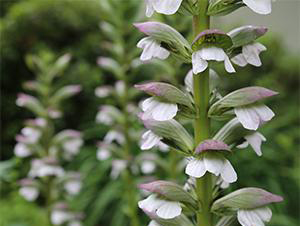

Unicorn root (Aletris farinosa), is also known as star grass, colic root, true unicorn root, and ague root.
The plant is well known for treating repeated miscarriages, infertility, female complaints, anemia, digestive complaints, and convulsions.
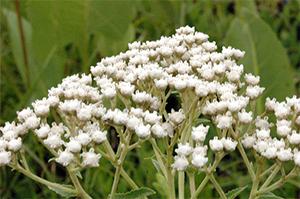

Wild Quinine or American feverfew, Parthenium integrifolium, is a potent herb that stimulates the immune system, treats respiratory infections, gastrointestinal illnesses, venereal disease, and kidney problems, including dissolving kidney stones.
Use it as a poultice to treat burns and skin problems. Wild quinine is native to the eastern states, from Maryland to Minnesota and Georgia and west to Wisconsin and Arkansas.
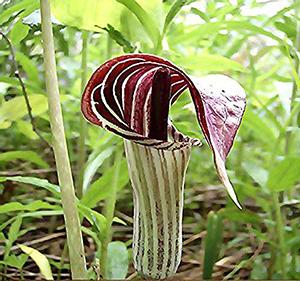

A decoction is helpful for sore eyes, and the root applied as a poultice is beneficial to treat headaches, sores, boils, ringworm, and rheumatism pain.
You’ll also find:
- Black-Eyed Susan
- Boneset
- Diervilla lonicera
- Echinacea purpurea
- Equisetum arvense
- Euonymus atropurpureus
- Eupatorium perfoliatum
- Impatiens Pallida
- Lycopus Virginicus
- Magnolia grandiflora
- Malus fusca
- Oxydendrum
- Papaya (Florida)
Related: 26 Ancient Remedies That We Lost to History
The Southern US Medicinal Plants
The plants of the southern US vary greatly from east to west, so I have broken them down by region. Look for these plants in your home state:
Southwestern United States — Medicinal Plants of the Desert States
The desert states can be unforgiving with daytime temperatures topping 120 F in the summer and desperately cold nights in the winter.
Complicating these temperatures with dry air and very low rainfall means that only the toughest plants will survive. Even so, the desert is home to an abundance of medicinal plants.
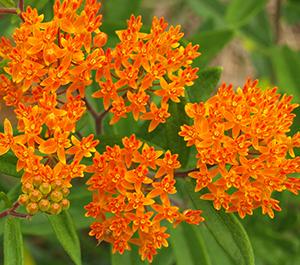

Pleurisy-root or Butterfly Weed(Asclepias tuberosa) grows in the US Southwestern desert. As its name suggests, it has beneficial actions on the lungs, especially in reducing inflammation and acting as a mild tonic.
It relieves the difficulty of breathing in pleurisy and consumption. It is also used to treat diarrhea, dysentery, rheumatism, and eczema.
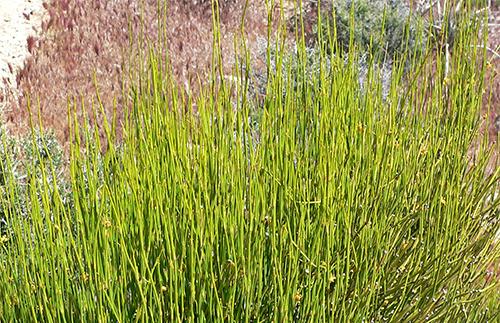

Mormon Tea (Ephedra Viridis) is still used in the southwestern United States to treat urinary tract infections, respiratory problems, colds, and congestion.
It grows in the Southwest at elevations of 3,000 feet to 7,500 feet.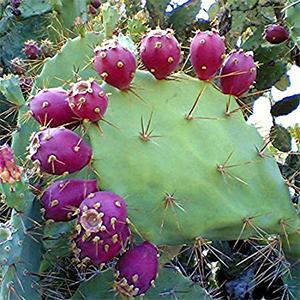

Prickly Pear Cactus is an incredible anti-inflammatory and has many medicinal uses. It lowers “bad” cholesterol levels, reduces the need for insulin in some diabetics, stabilizes blood sugar and has many beneficial components including high fiber.
Prickly pear cactus is native to the desert states, but it can be grown in dry areas across the south.
Another cactus known for its medicinal use and alcohol production is agave. The plant has antibiotic, antiviral, and fungicidal properties.
The sap of the mesquite tree makes an antiseptic or eyewash when boiled and diluted with water. The decoction also treats sunburns and chaffed skin.
Also, look for:
- Yucca
- Chia sage
- Anemone tuberosa (Desert anemone)
- Aloe vera
- Horsetail or Scouring Rush
- Pectis angustifolia
- Delphinium scopulorum
- Sambucus canadensis
Related: Remedies – Immune Elderberry Astragalus Gummies
The Southwestern Pacific Coast
The Pacific coast of California, Oregon, and Washington are fertile areas with good growing conditions. These states are rich with medicinal plants, including:
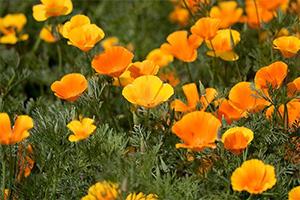

California Poppy, Eschscholzia californica, is the official state flower of California, but it is also native to Oregon, Washington State, Nevada, Arizona, and New Mexico.
This opioid plant relieves anxiety and relieves pain.
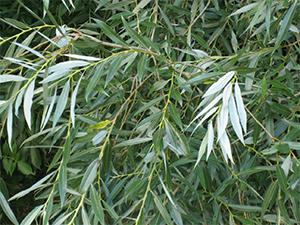

White Willow, Salix alba is well known for its use in pain relief and reducing inflammation. The bark of the white willow tree is the original source for salicylic acid, also known as aspirin.
White willow trees grow across the southern and central US states and along the western US in zones 3 to 8.
Also, look for:
- Wild Licorice
- Pulsatilla
- Black Cohosh
- Baneberry
- Coptis
- Black Sage
- Broadleaf Plantain
- California Bay
- Ephedra
- Matilija poppy
- Willow
- Yarrow
The Western Mountain States – Rocky Mountains
At lower elevations, you’ll find many of the plants common to the Central or Western United States. You’ll also find these plants at higher elevations.
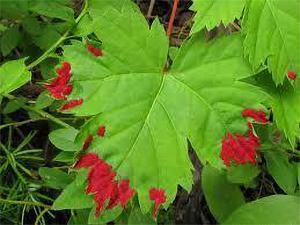

Rocky Mountain Maple, Acer glabrum Torr. grows in the Rocky Mountain states between 5,000- and 12,000-feet elevation. It is used by the Navajo to treat swelling and rheumatism.
Also, look for:
- Valeriana edulis (Western valerian)
- Fumaria officinalis (Fumitory)
- Selenicereus grandiflorus (Night-blooming cereus)
Plants Found Throughout the US
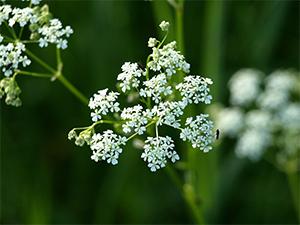

Yarrow, Achillea millefolium L., is well known for treating wounds, digestive problems, infections, and inflammation.
Its use as a sedative and for treating asthma and high blood pressure has been studied and documented.
Yarrow is found in every state across the US and in Canada. In New Mexico and southern Colorado, yarrow is called plumajillo.
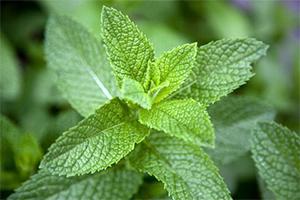

Mint, hyssop. With the exception of pennyroyal, mint is a beneficial medicinal herb.
It grows across the United States in different varieties.
Mint is helpful for soothing headaches, treating nausea, reducing fatigue and anxiety. Its antiviral properties make it useful for treating colds and the flu.
Related: Remedies To Fight the Cold
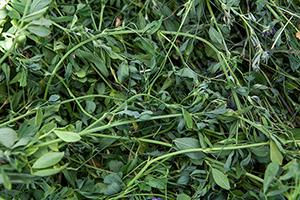

Alfalfa is an effective treatment for morning sickness, nausea, kidney pain, and kidney stones. It is a diuretic and stimulant. It also reduces cholesterol.
You can eat the leaves straight from the field, but the supermarket alfalfa sprouts also do the job. You’ll find them in most states of the US.
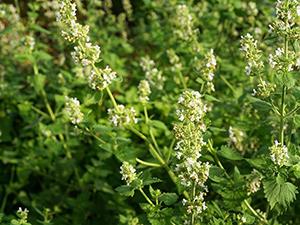

Your cat goes crazy for catnip, but did you know it is useful for you also. Use it to relieve cold symptoms, break a fever, and apply it as a poultice to stop excessive bleeding and swelling.
Catnip also treats gas, stomach upsets, and migraines. It can stimulate uterine contractions, so don’t consume it if you are pregnant. Catnip grows across the US.
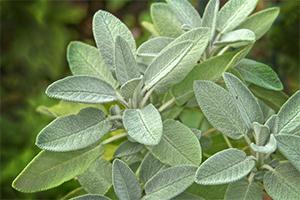

Sage is widely considered to be one of the world’s healthiest foods. It is anti-inflammatory, anti-oxidant, and antifungal.
It acts medicinally to relieve cramping, digestive illnesses, diarrhea, fights colds, relieves excess phlegm, and mucus.
Use it as a poultice to reduce inflammation and swelling, treat cuts and burns, and kill bacteria. Sage grows best in zones 3 to 8, but it can be found across the US.
You will find many more medicinal herbs in your local area. Learn about the medicinal herbs that grow in your area and where to find them or start your own medicinal herb garden. Research your herbs and know their uses and limitations, but most herbal remedies used correctly, are effective without the side effects found in many modern medicines.
Are you aware of the medicinal herbs in your neighborhood and state?
Tell us about your experience with local medicinal herbs or growing a medicinal herb garden. By sharing experiences in the comments below, you can help and inspire others.



